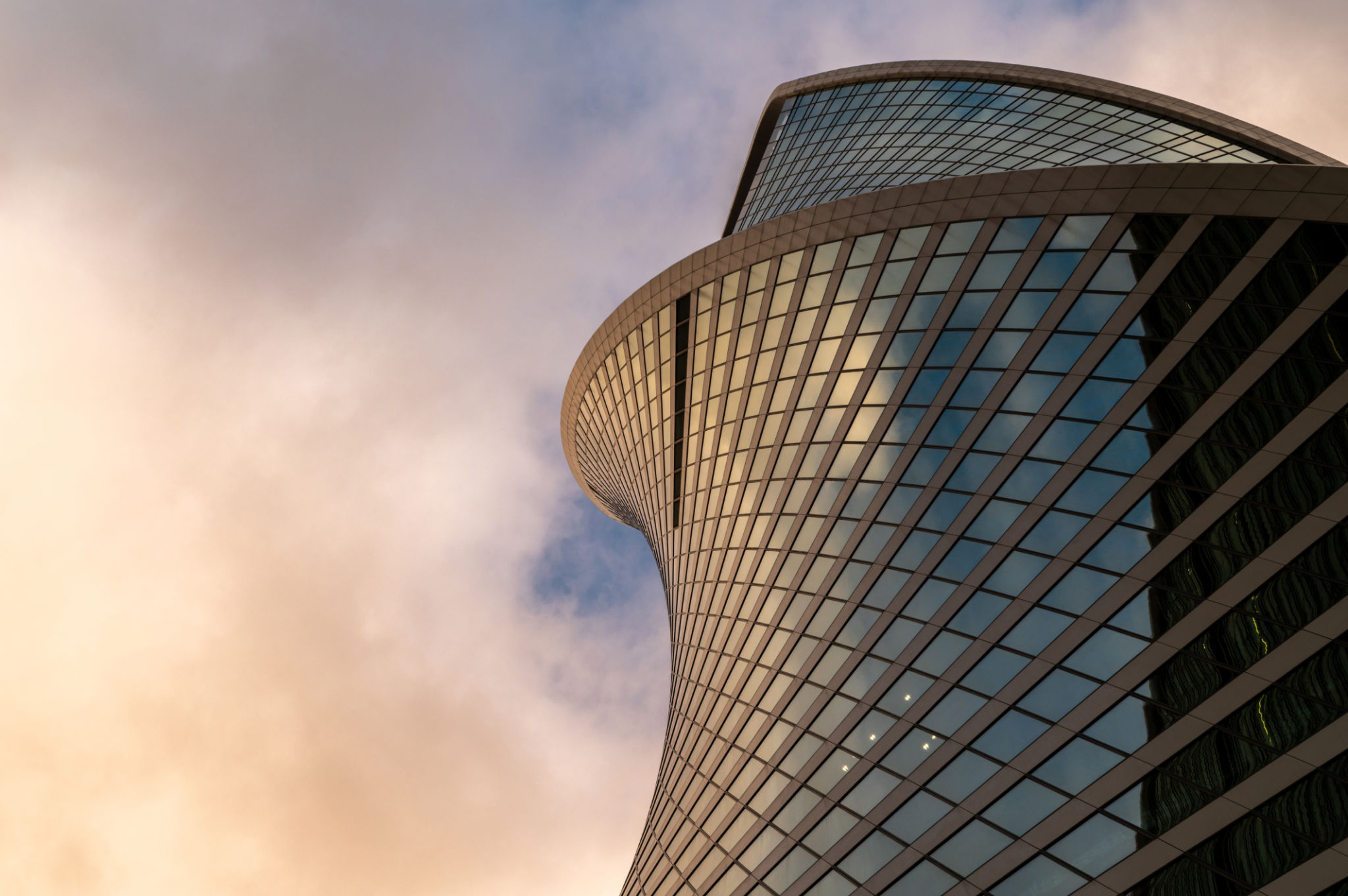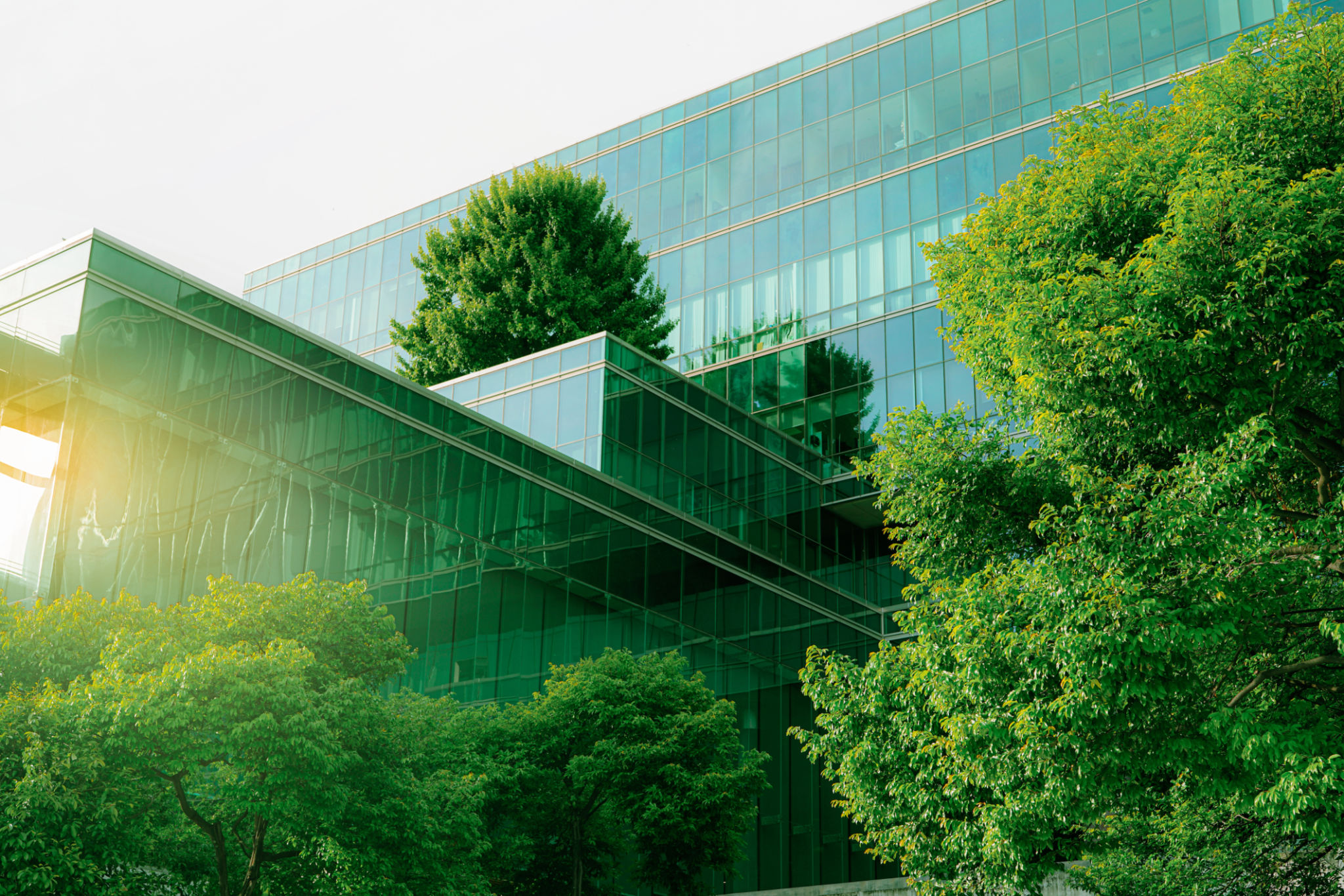Comparing Construction Methods: Traditional vs. Modern Techniques in Sabah
Introduction to Construction Methods in Sabah
Sabah, a Malaysian state on the island of Borneo, is experiencing rapid development and urbanization. This growth has sparked a significant interest in the construction sector, leading to a comparison between traditional and modern construction techniques. Each method has its unique advantages and challenges, influencing how buildings and infrastructure are designed and constructed.
Traditional Construction Techniques
Traditional construction methods in Sabah are deeply rooted in cultural heritage and local materials. These techniques often involve the use of timber and bamboo, readily available in the region. One of the most iconic traditional structures is the longhouse, which serves as both a home and a community hub.
The benefits of traditional methods include sustainability, as they utilize local resources and have a relatively low environmental impact. Additionally, traditional techniques are often more cost-effective for small-scale constructions.

Challenges of Traditional Methods
However, traditional construction methods face challenges in terms of scalability and durability. Structures built using these techniques may not withstand modern demands for longevity and robustness, especially in urban areas where building codes are stricter.
Modern Construction Techniques
Modern construction methods in Sabah have embraced advancements in technology and materials. These techniques involve the use of reinforced concrete, steel, and prefabricated components, allowing for faster and more efficient building processes. Modern methods also integrate innovative technologies such as Building Information Modeling (BIM) and sustainable building practices.

Advantages of Modern Methods
The primary benefits of modern construction techniques are their efficiency and adaptability. They allow for high-rise buildings and complex infrastructure projects to be completed within shorter timeframes. Moreover, modern methods improve safety standards through better design and material quality.
Environmental Considerations
While modern construction offers many advantages, it is crucial to consider its environmental impact. The use of non-renewable resources and energy-intensive materials can lead to increased carbon emissions. Therefore, integrating sustainable practices into modern construction is essential for minimizing environmental footprints.

The Future of Construction in Sabah
As Sabah continues to develop, the future of construction lies in balancing traditional wisdom with modern innovation. This hybrid approach can leverage the strengths of both methods, ensuring that new developments are sustainable, culturally sensitive, and technologically advanced.
Conclusion
The comparison between traditional and modern construction techniques in Sabah highlights the importance of adapting to change while preserving cultural heritage. By embracing both methods, Sabah can continue to grow while maintaining its unique identity and commitment to sustainability.
